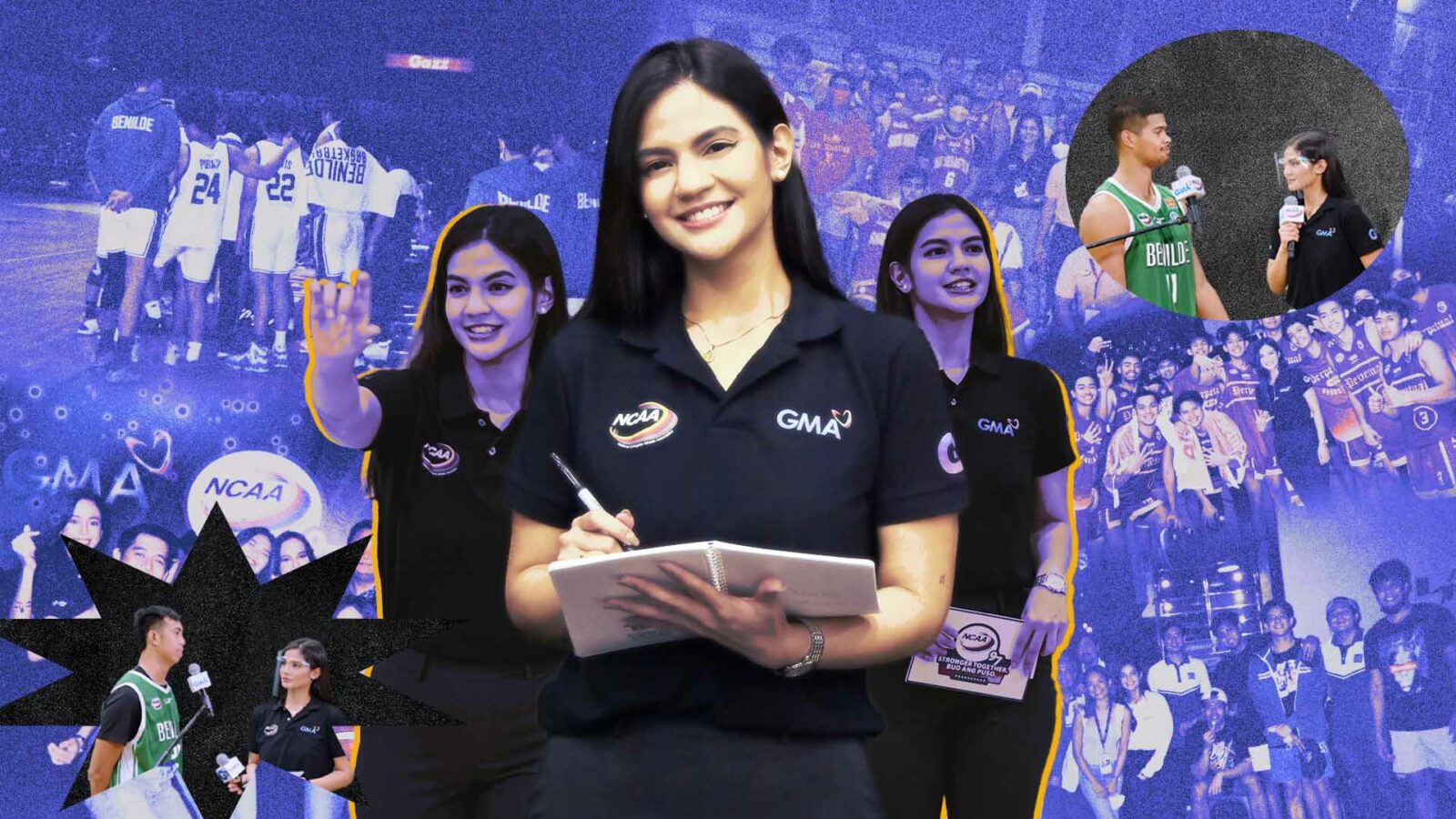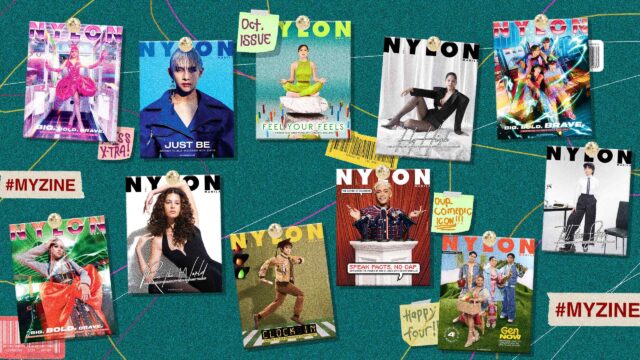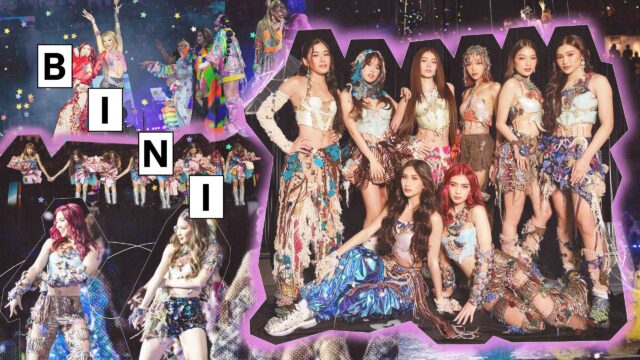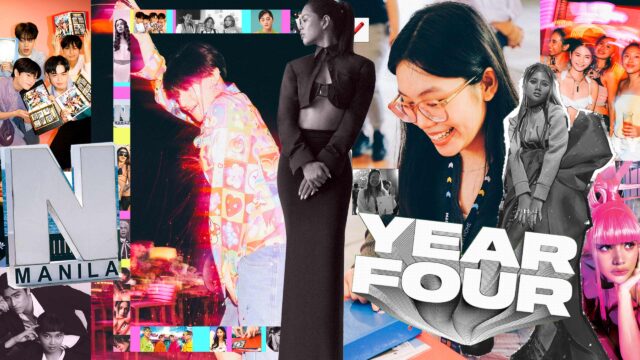Michelle Naldo fulfilled a lifelong dream when she became a courtside reporter for the NCAA, discovering the job was deeper than she thought.
Related: What It’s Like Competing In Obstacle Course Racing, According To This 23-Year-Old Athlete
When you watch a collegiate sports game, there are many moving parts to it. There are, of course, the players on the court. There are the fans in the stadium cheering their hearts out for their favorite team. And you have the panelists commenting on all the exciting moves and plays done by the second. But there is also the role of the courtside reporter. These correspondents, often students themselves, are familiar faces we see who give us reports and updates on the athletes and teams. Both the UAAP and the NCAA feature courtside reporters who sometimes become as familiar of a face as the players themselves.
But what does it mean exactly to be a courtside reporter? While on the outside looking in, being a correspondent just looks like you stand by the side and report what’s going on, there is actually a whole other world these young reporters have to deal with. To get greater insight into the goings on of this responsibility, we recently chatted with Michelle Naldo, a courtside reporter for the current season of the National Collegiate Athletic Association (NCAA). And by her account, it’s not as simple as talking in front of a camera.
TRYING OUT FOR A DREAM
Sports has always been something Michelle loved since she was young. “Jack of all trades” is how she would describe herself when it comes to sports. Growing up, she tried her hand at a variety of activities like basketball, taekwondo, badminton, and soccer with her current fave being tennis. This passion followed her all the way to her college days. So, it was a no brainer that she wanted to be a part of collegiate sports, and that came in the form of being a student correspondent. “It was always my dream to become a sports journalist,” she says.

Being in front of a camera or mic wasn’t anything new for Michelle. She already was part of a MYX VJ search, as well as a student jock on Monster RX 93.1 during her early college years. She auditioned to be a correspondent for Ateneo during her 3rd year in school, participating in an audition process that featured both interviews and challenges meant to test your skills as a reporter. Michelle made it far, but ultimately lost out to former correspondent Frannie Reyes. Michelle tried out again the following year, but got rejected once more as the UAAP retained Frannie.
LAST CHANCE OPPORTUNITY
After this, Michelle felt that her sports dreams were closing. She graduated college in 2020 and went into her other passion, the local music and entertainment industry. For a time, she did operations and copywriting work for CARELESS MUSIC. 2022 though proved to be a game changer with the return of the collegiate sports season. Martin Javier, a panelist for the NCAA and friend of Michelle all the way back during their MYX days, was the one who pointed her towards auditioning. “One day, I saw on his IG story that they were opening auditions for the NCAA. I decided to try out because I had nothing to lose.”
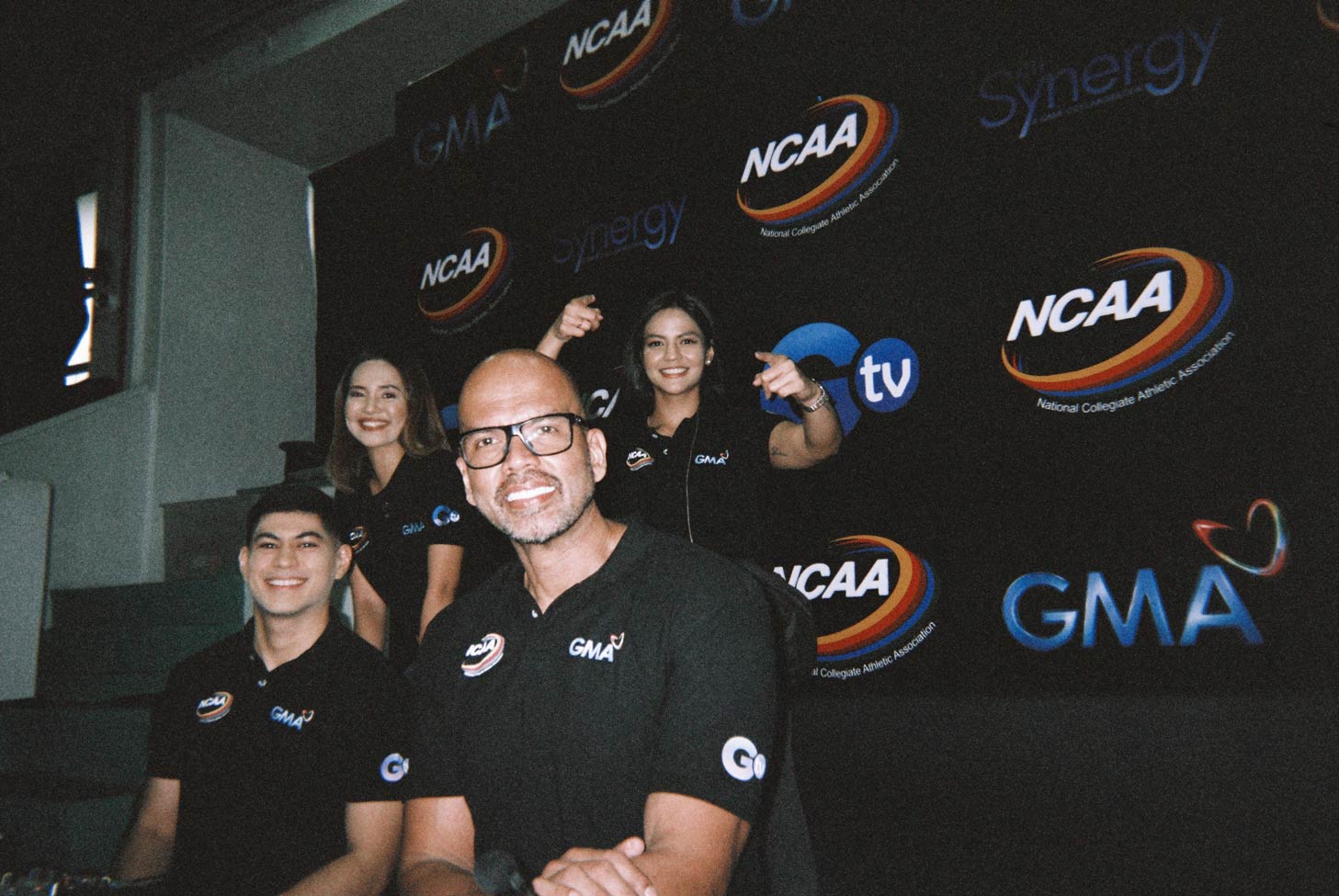
The NCAA allows both students and graduates to audition to become a courtside reporter, even those who went to schools outside the NCAA system. The age limit was 24 and Michelle was also 24 at the time of the auditions, which made for an apt buzzer beater moment. She admits that she didn’t know a lot about the NCAA prior to auditioning, but she still went for it, seeing it as her last chance to fulfill a dream. Fortunately, luck was on her side this time.
Unlike her college days, Michelle felt more confident coming into the audition process and she credits this to the experience and maturity she gained from her two years of working. She felt like the process was easier, more casual and natural than before. Michelle waited for her results, before she finally got that coveted yes. Clearly, she was happy with the results. “I thought I outgrew the dream. But it’s still there. I lightly knocked on that door and it swung wide open.”
REPORTING ON THE SCENE
So, what does a NCAA courtside reporter do? For starters, reporters aren’t assigned just one specific school or team. Instead, reporters can work on any school that they are assigned to. At the beginning of each week, they are assigned which schools to follow and that can change any time. Since Michelle is both a reporter and currently holds a corporate job at real estate, she makes sure to balance her time properly. Once assigned her games, she talks with her corporate bosses on how she can fix her work schedule to coincide with her NCAA work. Once that’s done, she begins her prep work, making use of her journalistic skills. “I like to prepare in levels. I do my research first so that I can study the team. And then I think of the proper questions to ask.”
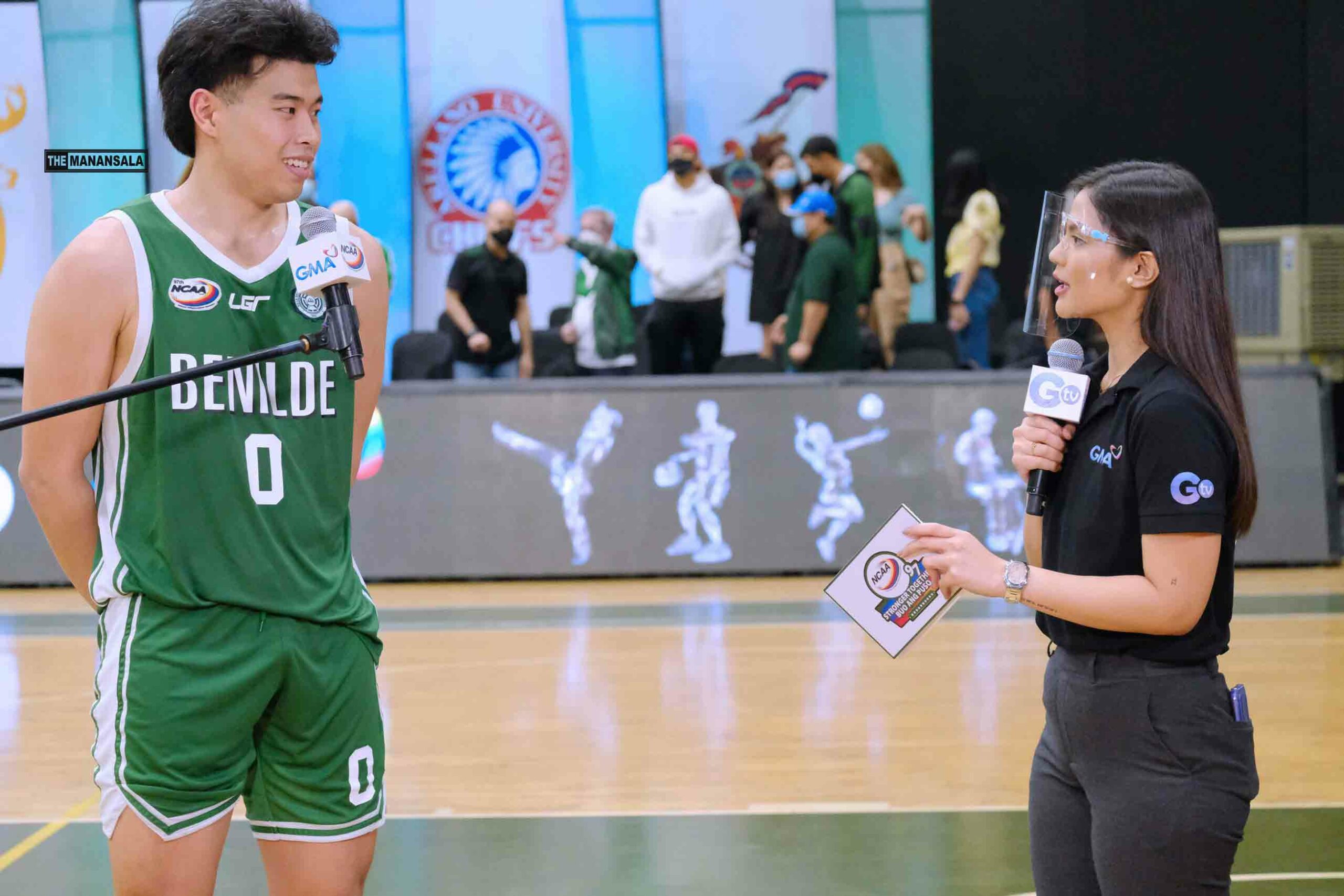
When it comes to reporting, there are actually different types to it. There’s the 1st quarter report which is a recap of the team’s past game or season, the player report, injury report, and huddle report just to name a few. These reports all help guide Michelle on what she has to say in her spiels, which by the way she writes all by herself. She notes what she needs to say on her laptop before transferring them on her phone. Reporters are discouraged from reading a script when live on camera, but memorizing the whole thing isn’t exactly an easy thing to do. So, for Michelle, to help her with her spiels, she transfers her notes from her laptop to a notebook and uses that as her guide.
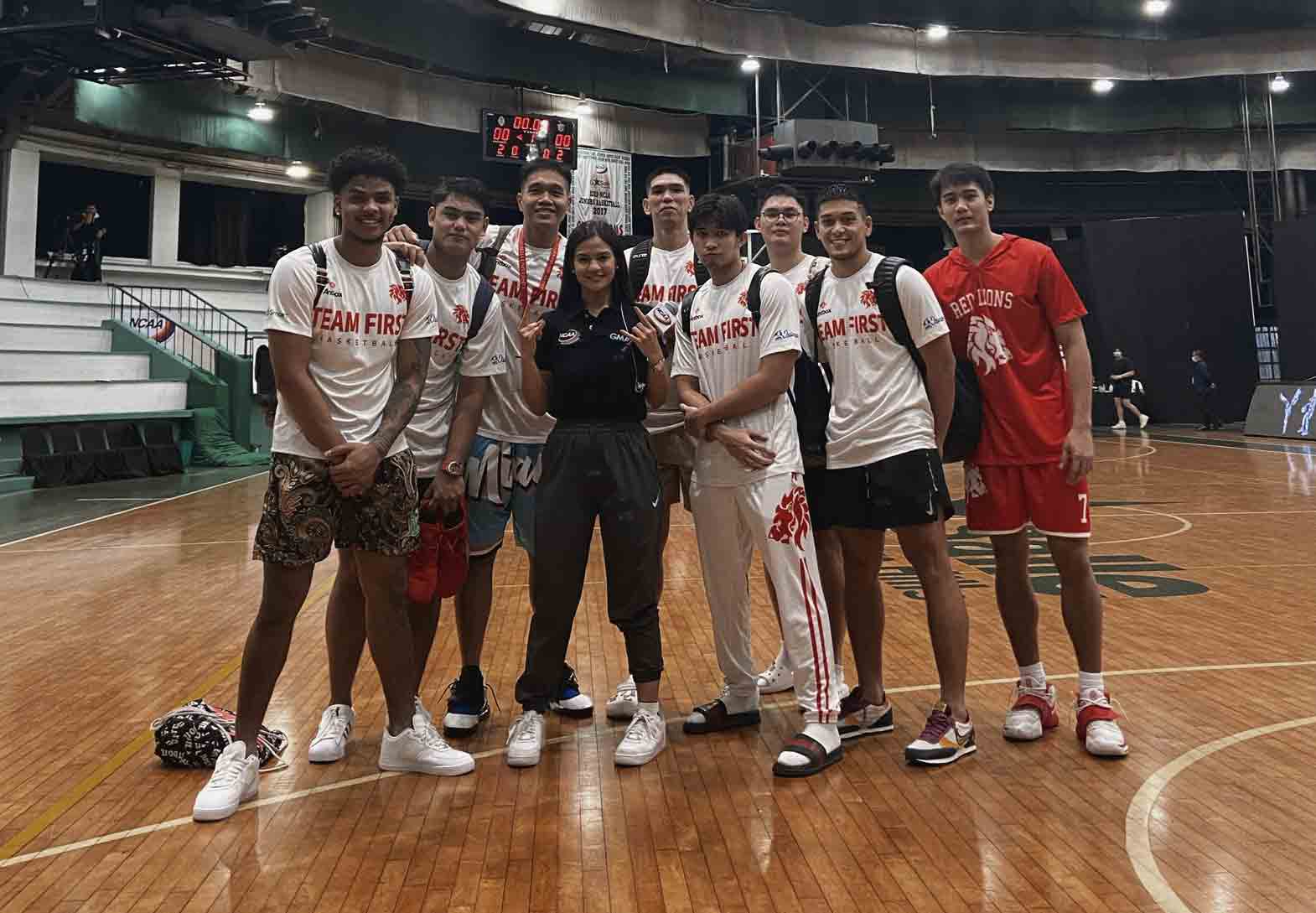
Michelle admits that she has felt the nerves when on cam, especially during the beginning of the season. But she’s learned to deal with them, mistakes and all. “I want to do a good job. That’s what guides me through all of this.” And in case you were wondering, courtside reporters are paid per game they cover. As in they get a talent fee becuase they are technically considered on-cam talents in GMA. Other perks of the job include free meals and transportation to the venues.
GETTING THE DEEPER STORY
Out of all that she has done so far for the NCAA, what surprised Michelle most about her work though was how personal it would get. Being a courtside reporter for the NCAA isn’t just limited to reporting the facts. Instead, there’s a strong human aspect to it. “We are always told to go deeper and get the stories of these athletes to help guide our reporting.” Over the months she’s been with the NCAA, Michelle has gotten close to quite a few athletes because she tries to yoke out their personal stories. What you see on TV is just the sports action, but Michelle and the other reports try to go to the heart of it. Their job isn’t to parrot what the sportscasters have or will say.
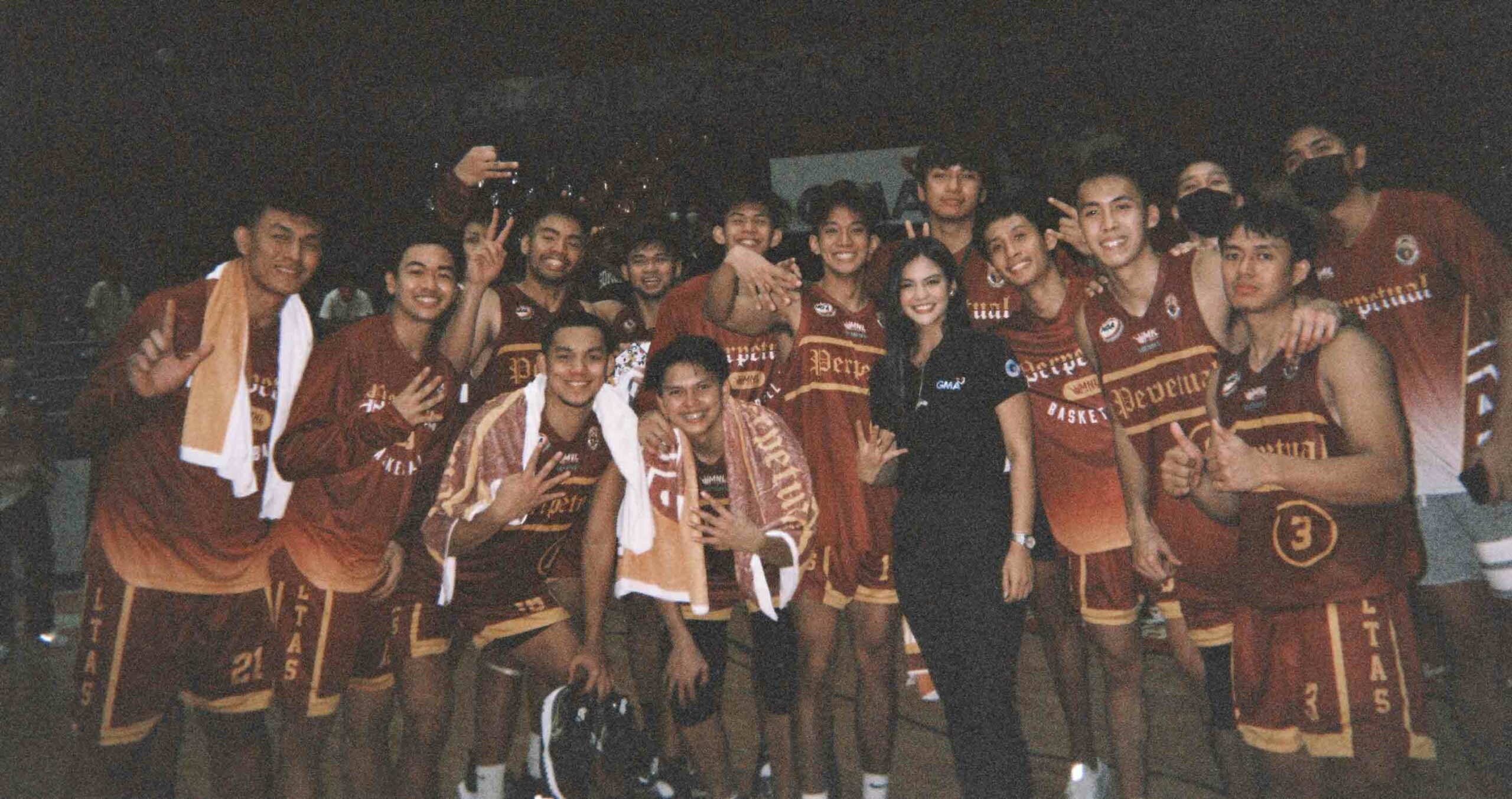
“Always think about what you can contribute to the coverage. You serve as the bridge between the team and panelists, which is why the line of questions is important.” Behind the athletes we see playing basketball are real people with their own stories to tell. It’s Michelle’s goal to get those stories. While doing this isn’t always easy, the sportscasters and the whole media team at the NCAA/GMA have been more than willing to help and guide the courtside reporters. All of this is done to keep the audience engaged and give viewers insight on the moves and motivations of the NCAA players.
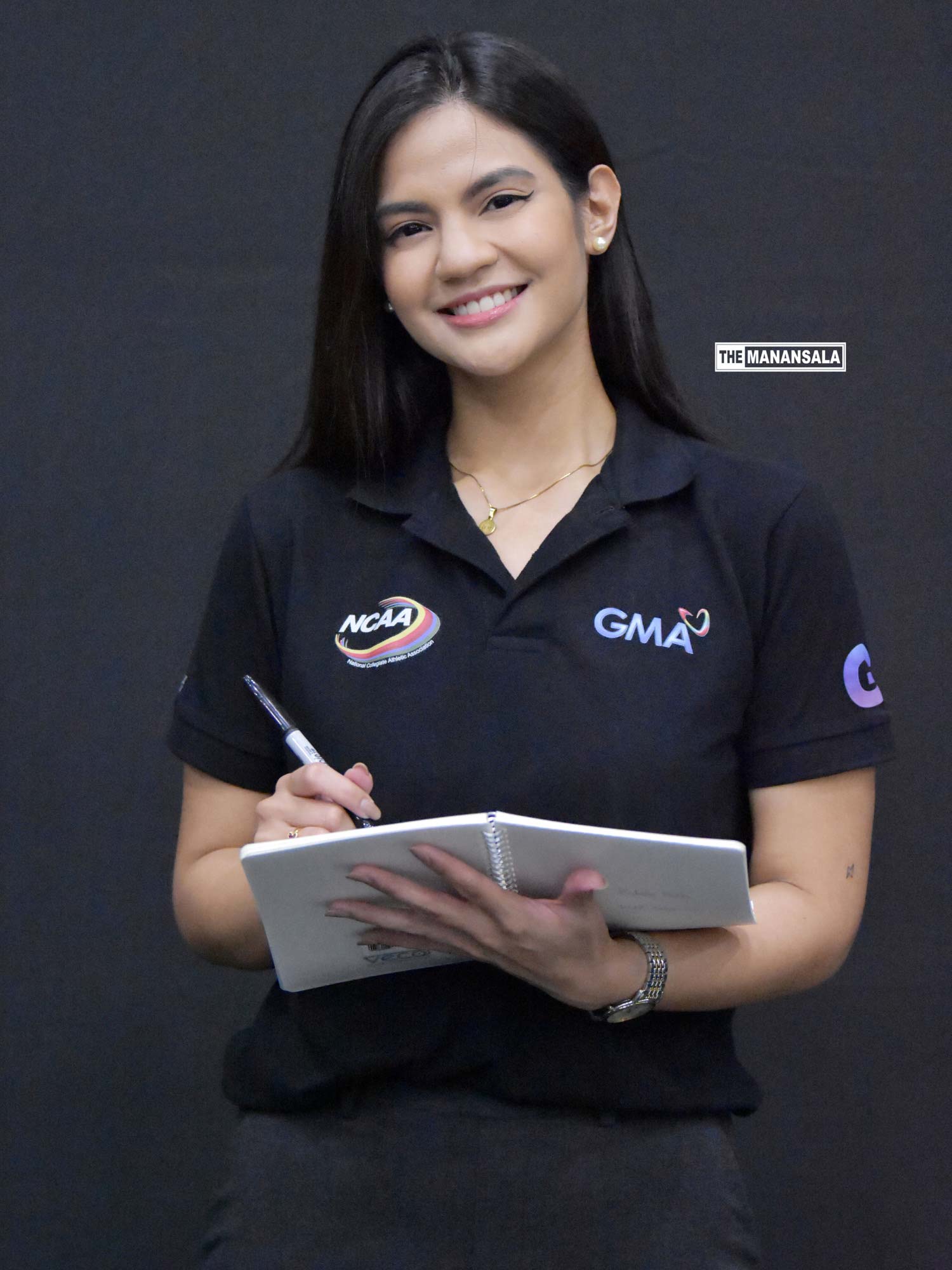

This personal and human interest spin towards reporting is exactly what Michelle loves about the job despite all the challenges it entails. In particular, she loves connecting with the players who comes from the province. Michelle spent a significant portion of her childhood in Negros, so she loves it whenever she meets players also from her hometown as a connection forms from that. More importantly, Michelle does not see this as a vanity project and she wants people to know that the job is so much more than just getting your name out there. “You have to understand the stories behind the players, their personalities, and what makes them tick.”
WHAT IT TAKES TO MAKE IT
After completing a run for the basketball season, Michelle will be back on courtside once more as she’s been retained for the upcoming NCAA volleyball season beginning this June 11. She is excited to go back for more to continue her work for the oldest collegiate athletic association in the country. It’s safe to say then that this whole experience was definitely eye opening for Michelle. She finally achieved a long time goal and learned new things along the way as she opened herself up and honed her reporting skills. At the end of the day, she loves working with the team as she helps contribute to the whole show we see on TV.
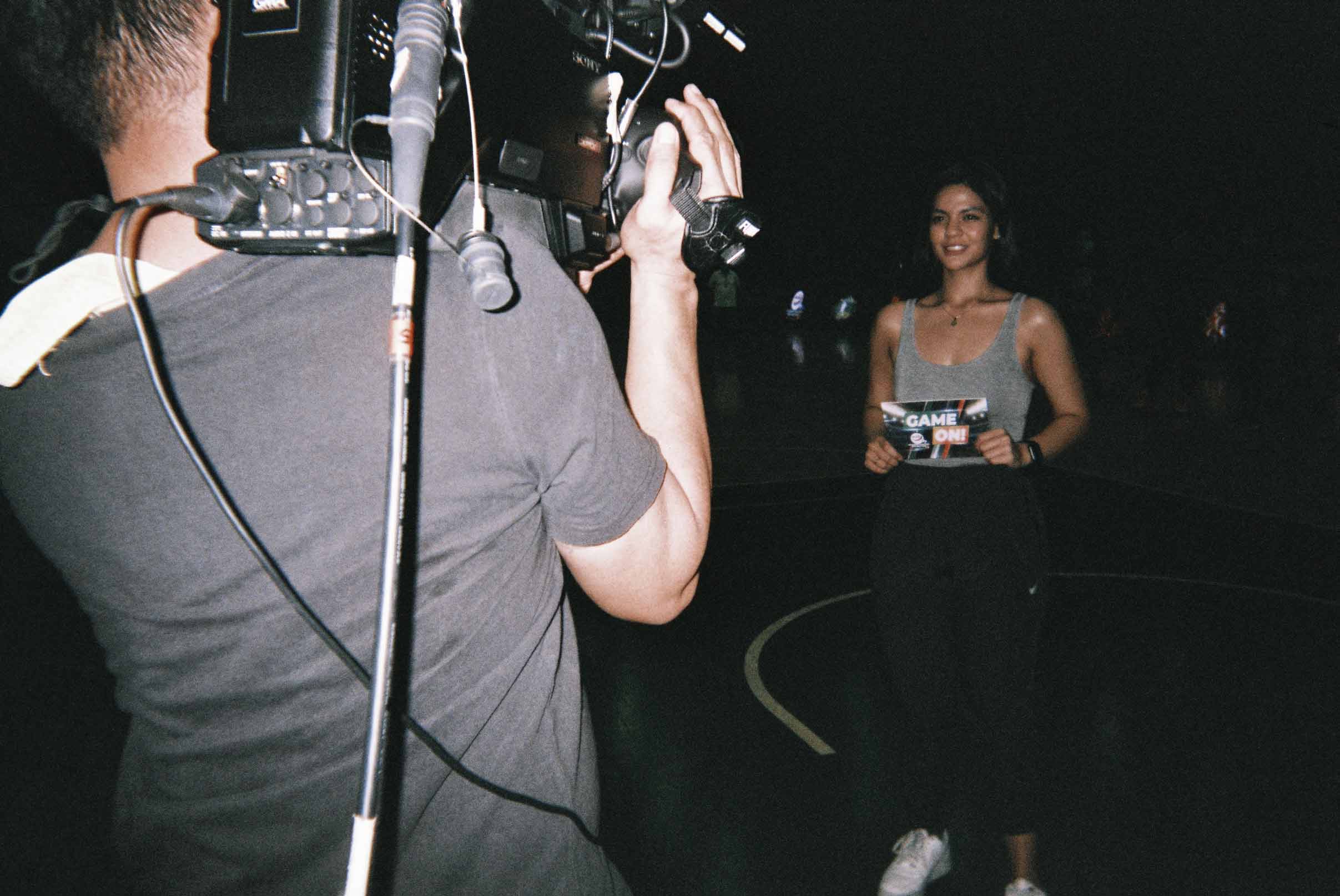
As for people looking to make it one day as a courtside reporter or correspondent, this is the advice Michelle had to give. “Be present minded and be in the know. Follow the league and have an interest in sports. Knowledge is key here which is why you need to know your stuff and be exposed and aware of what’s happening. Think of what you can contribute to the team.”
Continue Reading: Meet The 22-Year-Old Assistant Coach Of Gilas Pilipinas
